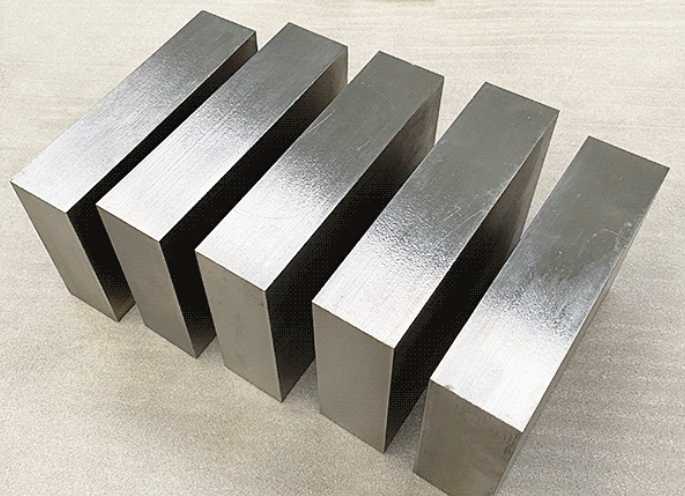A Detailed Look at Car Body Panel Thickness and Modern Automotive Engineering
The question of car body panel thickness—the “sheet metal” that forms the visible skin of a vehicle—is a topic shrouded in myth and misconception. For decades, the perception that “thicker is stronger, and stronger is safer” dominated the public’s understanding of car construction. However, the realities of modern automotive engineering have rendered this notion obsolete. This article provides a detailed exploration of how thick car panels really are, why they vary, and why their thickness is one of the least important factors in a vehicle’s overall safety and performance.
#1. The Baseline: Establishing the Numbers
The exterior body panels of a contemporary mass-produced passenger car, known as “body-in-white” (BIW) outer skins, are remarkably thin. The industry standard falls within a surprisingly narrow range:
Primary Range: 0.65 mm to 0.8 mm (approximately 0.026 to 0.031 inches).
Lower End: Some non-structural panels, like a roof skin, can be as thin as 0.6 mm.
Upper End: Areas subject to more stress, like a fender, might be 0.85 mm or, in rare cases, up to 1.0 mm.
To visualize this, a standard piece of printer paper is about 0.1 mm thick. This means your car’s door skin is only about 6 to 8 sheets of paper thick. This thinness is not a sign of cost-cutting compromise but a testament to advanced manufacturing and material science.
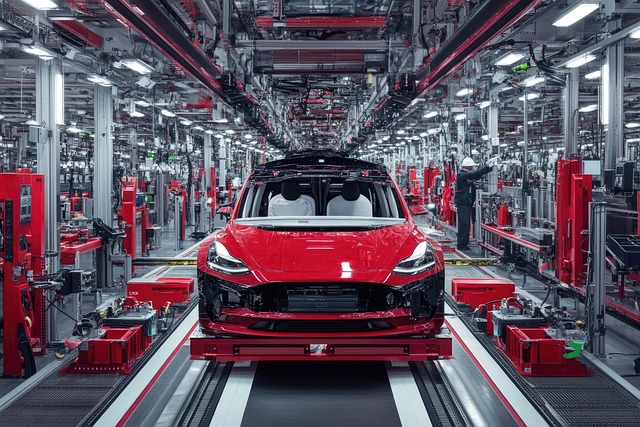
#2. The Driving Force: The Imperative of Lightweighting
The primary reason for this consistent thinness is the industry-wide mandate for lightweighting. The equation is simple: reducing a vehicle’s mass directly improves fuel efficiency and reduces tailpipe emissions. This is critical for meeting global environmental regulations.
The Domino Effect: Every kilogram saved has a cascading benefit. A lighter body requires a less powerful (and lighter) engine to achieve the same performance. This can then allow for a smaller fuel tank, lighter brakes, and a lighter suspension system. The cumulative effect is significant.
The “Grams per Square Meter” Mentality: Engineers obsess over saving weight in every component. For a large panel like a hood or a roof, reducing thickness by just 0.1 mm can save several kilograms across the entire vehicle.
#3. It’s Not Just Steel: A Material Revolution
While steel remains the most common material, the landscape is diversifying. The choice of material directly influences the achievable thickness and performance.
Mild Steel: The traditional choice. It’s malleable and cost-effective, allowing for the complex shapes of modern car design. Its relative softness necessitates the thicknesses mentioned above.
High-Strength Steels (HSS, UHSS, PHSS): This is where the safety story truly lies. These steels are engineered with different chemical compositions and manufacturing processes (e.g., hot pressing or quenching) to achieve incredible strength.
Dual-Phase Steel: Offers a good balance of strength and formability.
Martensitic Steel: Extremely high-strength, used in critical areas like door intrusion beams and bumper reinforcements.
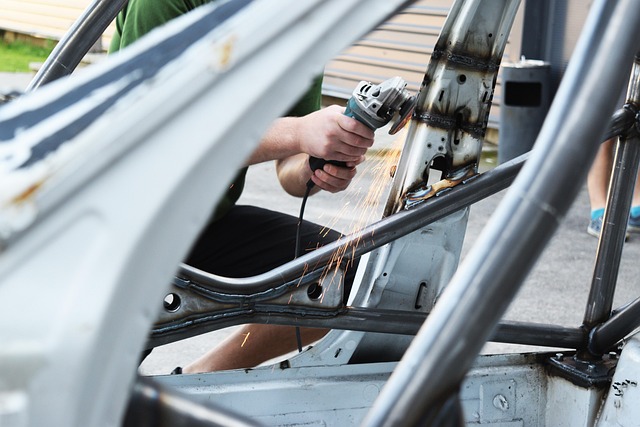
Press-Hardened Steel (PHS): Often used for the A-pillars, B-pillars, and roof rails, these components can have a tensile strength of up to 1500 MPa or more. To put that in perspective, it’s over four times stronger than many mild steels. This allows these structural members to be thin yet incredibly resistant to deformation.
Aluminum: Increasingly common in luxury and mainstream vehicles (e.g., Ford F-150, Audi A6, Honda NSX). Aluminum is about one-third the density of steel. Therefore, an aluminum hood can be made thicker (e.g., 1.0 mm to 1.2 mm) to achieve the necessary stiffness, yet still be lighter than its thinner steel counterpart. Aluminum also offers superior corrosion resistance.
Carbon Fiber Composites: The pinnacle of lightweighting, reserved for high-performance sports cars and hypercars (e.g., BMW i3, McLaren 720S). Carbon fiber is not a metal but a woven fabric set in a resin. It has an exceptional strength-to-weight ratio, but its high cost and slow production time limit its use in mass production.
#4. Detailed Variations: Location, Location, Location
The thickness is not uniform across the car. Engineers perform detailed Finite Element Analysis (FEA) to determine the optimal thickness for each panel’s function.
Roof Skin: Typically the thinnest panel (~0.6-0.7 mm). It is supported by the underlying roof bows and must primarily resist oil-canning (a popping effect) and support its own weight.
Hood and Trunk Lid: These are slightly thicker (~0.7-0.8 mm) and are complex assemblies. The outer skin is bonded to an underlying inner frame that provides most of the structural rigidity. The hood, in particular, is now designed with pedestrian safety in mind, requiring specific deformation characteristics.
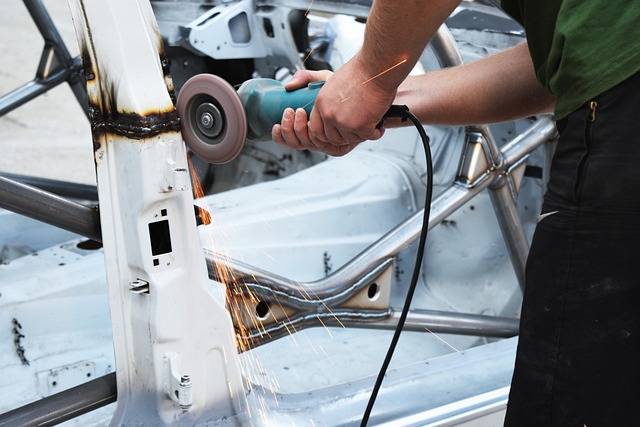
Doors: The outer skin is thin (~0.7-0.8 mm), but the door is a highly engineered unit. Inside, you find a robust intrusion beam (often made of ultra-high-strength steel, ~1.5-2.0 mm thick), crash reinforcements, and hardware mounts.
Fenders (Wings): Often on the thicker end of the scale (~0.8 mm) because they are bolted-on parts with less underlying support and are exposed to stone chips and minor impacts.
#5. Brand and Vehicle Segment Philosophy
The choice of material and thickness is a key part of a brand’s identity.
Economy Cars (Toyota, Hyundai, Kia): Prioritize cost-effective mild steel to achieve lightweighting and high fuel economy. Panels will be at the lower end of the thickness range.
Luxury Vehicles (Mercedes-Benz, BMW, Lexus): Focus on “perceived quality.” This includes a satisfying “thunk” when closing a door. To achieve this, they may use:
* Slightly thicker steel.
* Heavier sound-deadening materials laminated to the inner side of the panel.
* More robust sealing systems that make the door feel more substantial.
* Extensive use of aluminum for weight savings (e.g., Jaguar XJ).
SUVs and Trucks (Jeep Wrangler, Ford F-150): These vehicles face different challenges. A Wrangler’s body panels may be thicker to withstand off-road brush abrasion. The Ford F-150’s revolutionary aluminum body allows for significant weight savings compared to a traditional steel body, improving payload and towing capacity.
#6. The Crucial Safety Distinction: Skin vs. Skeleton
This is the most critical concept to understand. The body panels are merely the skin. The vehicle’s safety is determined by its skeleton—the body-in-white (BIW) structure.
Crumple Zones: The front and rear sections of the vehicle’s frame are engineered to collapse in a precise, predictable manner. This controlled deformation absorbs the kinetic energy of a crash over a longer period, decelerating the occupants more gently.
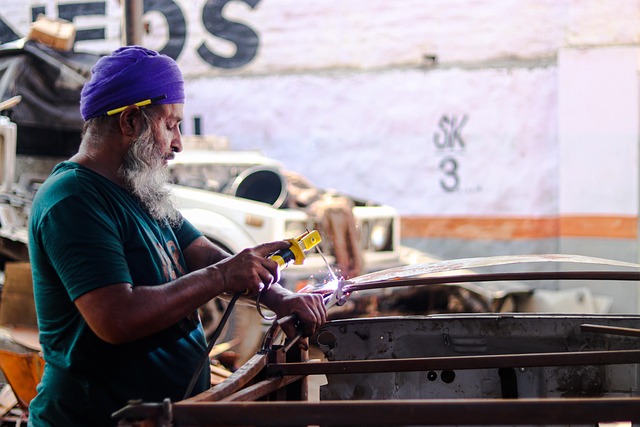
Safety Cage: The passenger compartment (the A, B, and C-pillars, sills, and roof structure) is constructed from the strongest materials available—ultra-high-strength and press-hardened steels. This “safety cage” is designed to remain intact, creating a survival space for occupants.
Crash Management Systems: The entire system—including the frame, seat belts, and airbags—works in concert. The thin outer panels play almost no role in this process; they are simply pushed aside by the impacting force, which is then managed by the underlying structure.
Conclusion: A Symphony of Engineering
The thickness of a car’s body panel is not a measure of its quality or safety. It is the result of a complex optimization process balancing weight, cost, manufacturing feasibility, stiffness, corrosion resistance, and design intent. Modern cars are a symphony of different materials, each chosen for a specific purpose. The thin, elegant skin hides a incredibly strong and intelligent skeleton, designed to protect occupants through sophisticated engineering, not brute force. The true measure of a car’s integrity lies not in the thickness of its door skin, but in the results of independent crash tests conducted by organizations like the IIHS and Euro NCAP, which evaluate the performance of the entire safety system.

